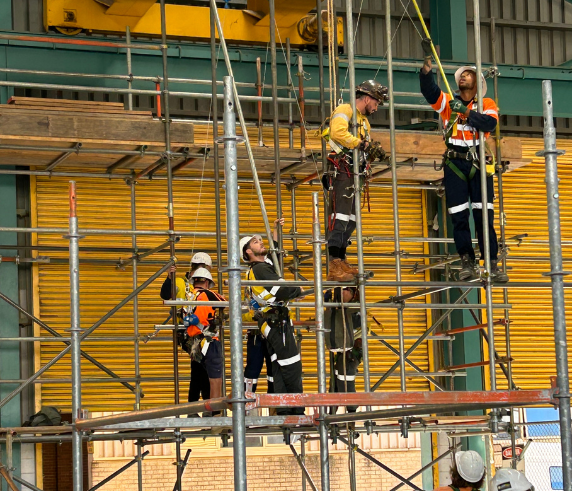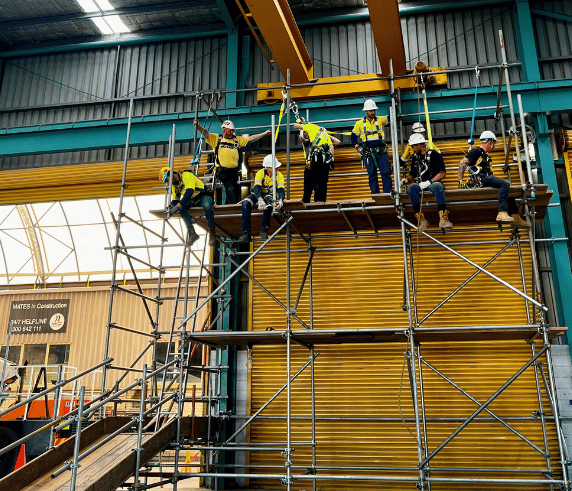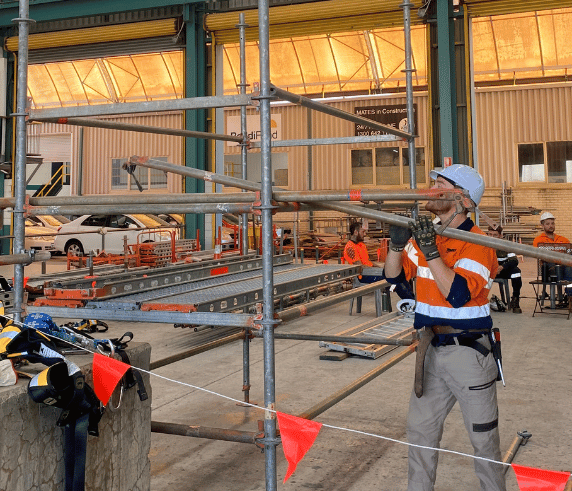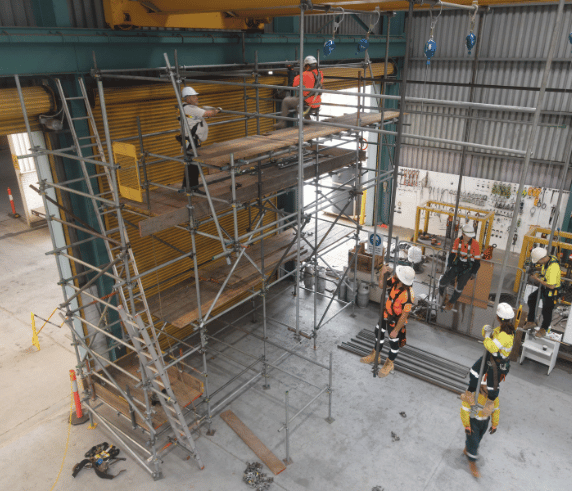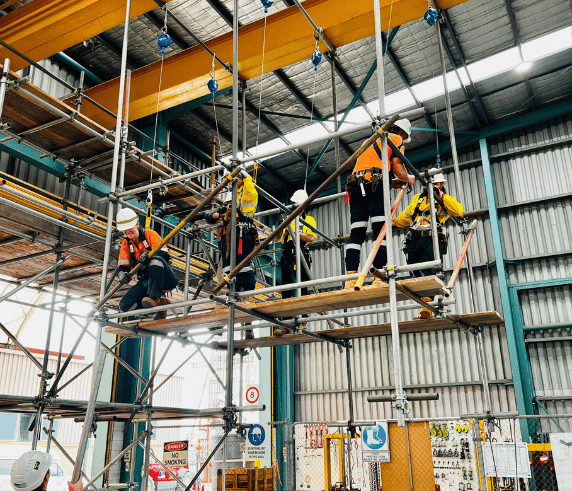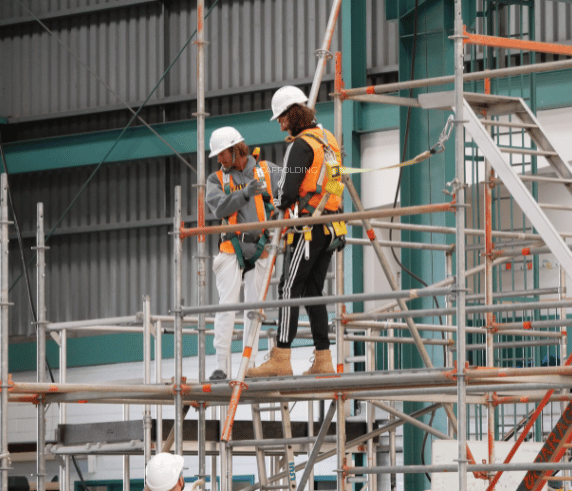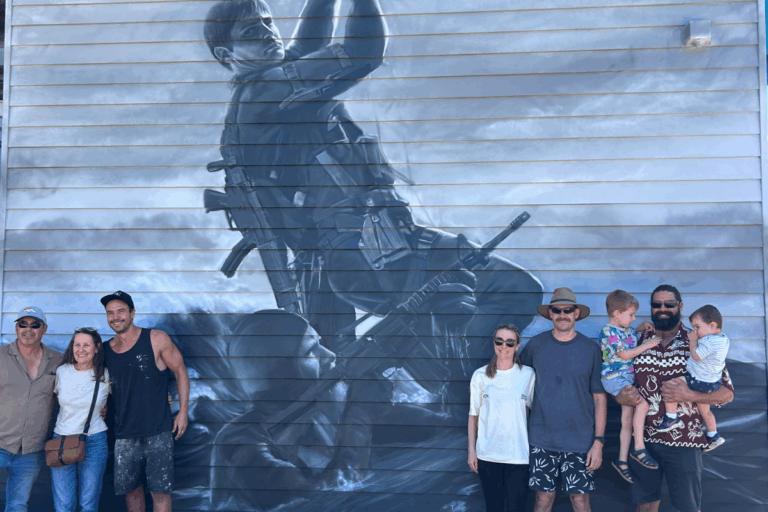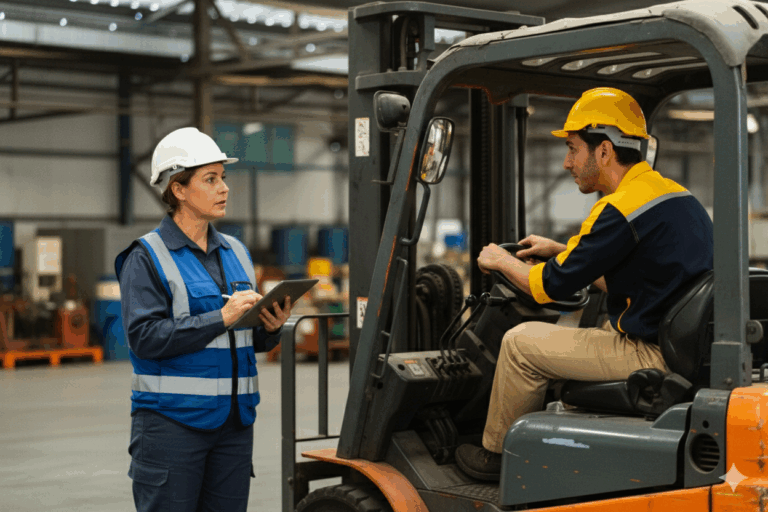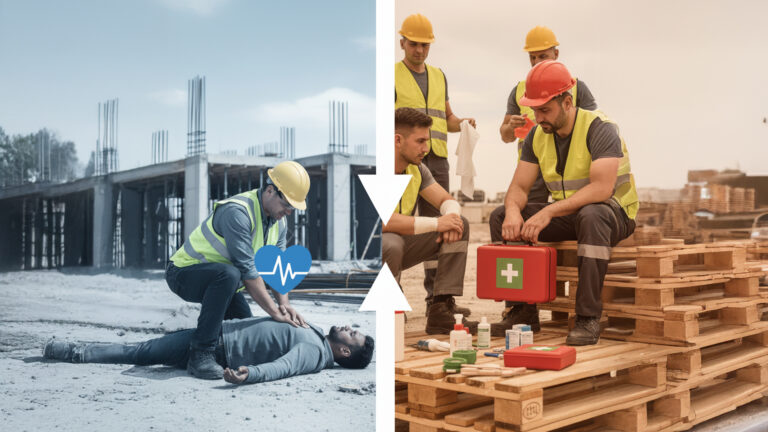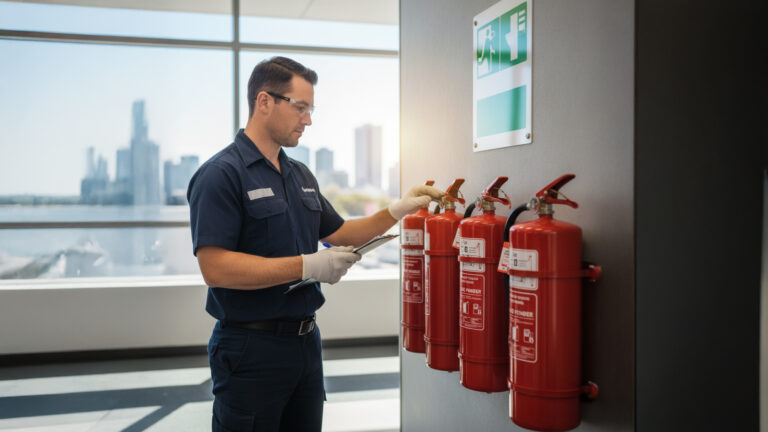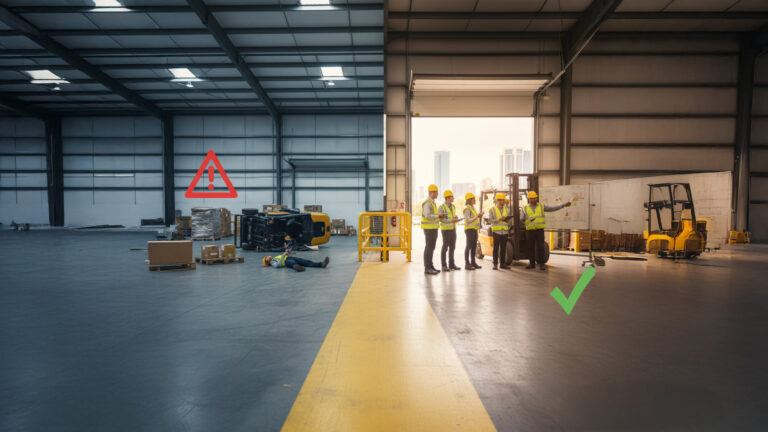Being a Scaffolder in Australia
Scaffolders have the advantage of being able to work on a diverse range of projects and environments. To be effective, you must be able to plan and construct working platforms as well as create scaffolding for a variety of building tasks.
RIGGING
While a standard scaffolder will need additional training and instruction to be effective in rigging, their scaffolding experience will help them in this profession. To lift big structural objects, riggers employ mechanical systems like derricks and jibs.
CONSTRUCTION SCAFFOLDING
Scaffolders are required to install scaffolds whenever construction workers need to repair or replace the facades of tall buildings. They provide a working platform for laborers and construction team members.
Scaffolds must be strong enough to hold these employees, as well as their construction tools and some building materials. A scaffolder in the construction business is normally required to have some additional industry and job-specific abilities.

MUSIC AND ENTERTAINMENT SCAFFOLDING
Scaffolders are needed for a variety of events in the music and entertainment industries.
They build structures for events such as fashion shows, industry awards ceremonies, and music concerts. In these events, they typically work for companies that provide services to the entertainment industry.
Scaffolders in this category also construct tiered seating and stand for public events such as concerts and sporting events.
Whatever the project, the scaffolder is in charge of inspecting the area and determining what type of scaffolding is needed. After that, the scaffolder unloads it and joins the braces and tubing to form the frameworks that will eventually become the scaffold. He will assemble all of the scaffold’s components, including ladders and rails.
The work doesn’t just end there. Scaffolders are usually tasked to check and maintain scaffolding equipment throughout its use. They inspect the scaffolding structure to ensure it is safe to use and eventually take it down after the work is done.

What Does It Takes to Be A Scaffolder?
A scaffolder needs a High-Risk working license. The occupation is viewed as dangerous because of the extraordinary statures and different ecological conditions included. Scaffolders should accordingly be aware of wellbeing and word-related security prerequisites to limit hazards. To be successful in this field, you need to have these attributes:
- Physical strength – scaffolding is physically demanding. You need to be fit and strong to do the job well.
- Planning and organization skills.
- Problem-solving skills.
- Teamwork skills.
- Conscientiousness to follow safety procedures – by nature, the job involves working at heights. There are also other risks of heavy objects, construction working with tools and chemicals. An exceptional health and safety awareness is therefore essential.
- Ability to take and follow instructions – scaffolding requires attention to detail and a great level of concentration.
TRAINING AND PATHWAYS FOR SCAFFOLDERS
Like any discipline, a career in scaffolding requires some form of education. To become a qualified scaffolder, you need to acquire Nationally Accredited Training in Scaffolding Basic, Intermediate of Advanced level.

There might be numerous pathways to being a certified scaffolder. The beginning stages of this profession are the most important as these pave the foundation, guidelines, and best practices in the industry.
Saferight is a Registered Training Organisation (RTO Code 5722) conducting Scaffolding Training (All Levels – Basic, Intermediate and Advanced)
Each course level consists of a Theoretical Assessment and a Practical Assessment of which you will acquire the Units of Competency for the following:
- CPCCLSF2001 – Licence to Erect, Alter and Dismantle Scaffolding Basic Level – https://saferight.com.au/course/scaffolding-ticket-perth/
- CPCCLSF3001 – Licence to Erect, Alter and Dismantle Scaffolding Intermediate Level – https://saferight.com.au/course/intermediate-scaffolding-course-perth/
- CPCCLSF4001 – Licence to Erect, Alter and Dismantle Scaffolding Advanced Level – https://saferight.com.au/course/advanced-scaffolding-course-perth/
Our Nationally Recognised Training is conducted by professional and experienced WorkSafe Approved Instructors in our facility in Welshpool.

BUILDING YOUR RESUME
An apprenticeship and the other scaffolding jobs you take on as a trainee all equip you with hands-on experience. You should also focus on gaining all the technical knowledge.
ATTAINING INDUSTRY REQUIREMENTS
A relevant nationally recognised award will pass you as a qualified scaffolder. However, you must have a High-Risk work permit to work as a scaffolder in Australia. You also need a Construction Induction Card. Some states in the country also require that you complete a short course on working safely at heights.
JOB PROSPECTS AS A SCAFFOLDER IN AUSTRALIA
All done? It’s time to get hired as an independent professional. Emphasize your personal strengths so contractors and companies would take interest in hiring you. Couple this with a cover letter that would tell how your skills fit a company’s vacancy requirements, you’re sure to land a job-https://www.seek.com.au/career-advice/role/scaffolder

MORE INFORMATION FROM: JOBS AND SKILLS WA
Employment Trends: In this profession, you are likely to earn $ 96,279 to $ 133,568 per year
Working conditions: Scaffolders work on a wide variety of building projects where construction processes need to be undertaken at heights. Because they construct and erect the scaffolding, scaffolders themselves work at heights, which may be dangerous. They work in most weather conditions. Scaffolders usually work regular hours but may be required to work longer hours if working to a deadline.
Tools and technologies: Scaffolders work primarily with scaffolding, which is usually comprised of metal pipes or tubes connected with couplers, and boards or other platforms on which workers stand. They use hand tools such as scaffolding spanners, socket wrenches and hammers, and ladders to get up and down the scaffolding. They often drive trucks or utility vehicles to transport scaffolding equipment to and from the building site, and are usually required to wear safety gear such as helmets, harnesses, workboots and tool belts.
Required registration and licensing
To work as a scaffolder in Western Australia, you must obtain a High Risk Work Licence from WorkSafe- external site.
Scaffolders working in the construction industry must undergo safety induction training and be issued with a Construction Induction Training Card- external site (commonly known as a “White Card”). In WA, training is conducted by registered training organisations authorised by WorkSafe- external site.
Sources:

